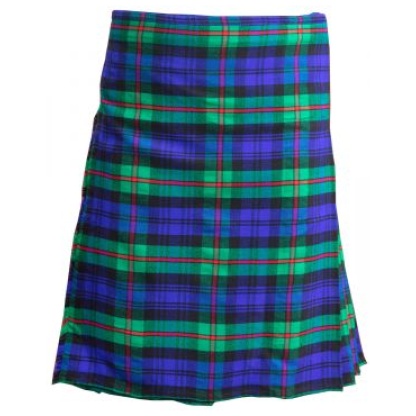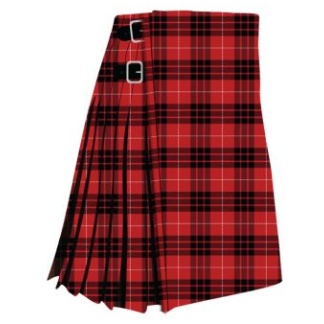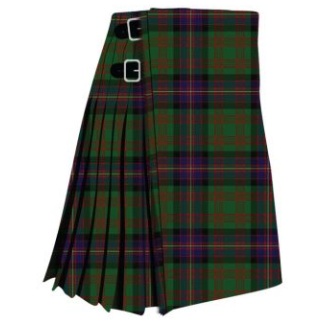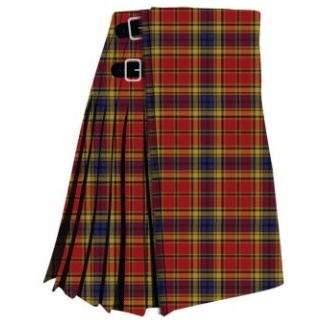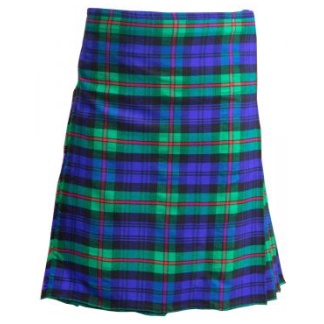Clan McKinley Tartan Kilt
$99.00
The history of the Clan McKinley Tartan Kilt is somewhat unique, as the McKinley name and tartan have less well-documented historical significance compared to many other Scottish clans. The McKinley name has various origins, and it’s important to note that it’s often associated with Irish and Scottish roots, particularly in Ulster, Northern Ireland.
The McKinley tartan, like many modern tartans, has been created or popularized in more recent times, often in the 19th and 20th centuries, as a way to celebrate and promote clan or family heritage. The specific design and colors of the McKinley tartan kilt can vary depending on the source, and there isn’t a single universally recognized McKinley tartan.
Many individuals and families with the McKinley surname have embraced tartan culture and adopted tartans that they feel represent their heritage, even if there isn’t an ancient historical connection to a specific clan. They do this to celebrate their Scottish or Irish heritage and to connect with the wider Scottish and Celtic cultural traditions.
